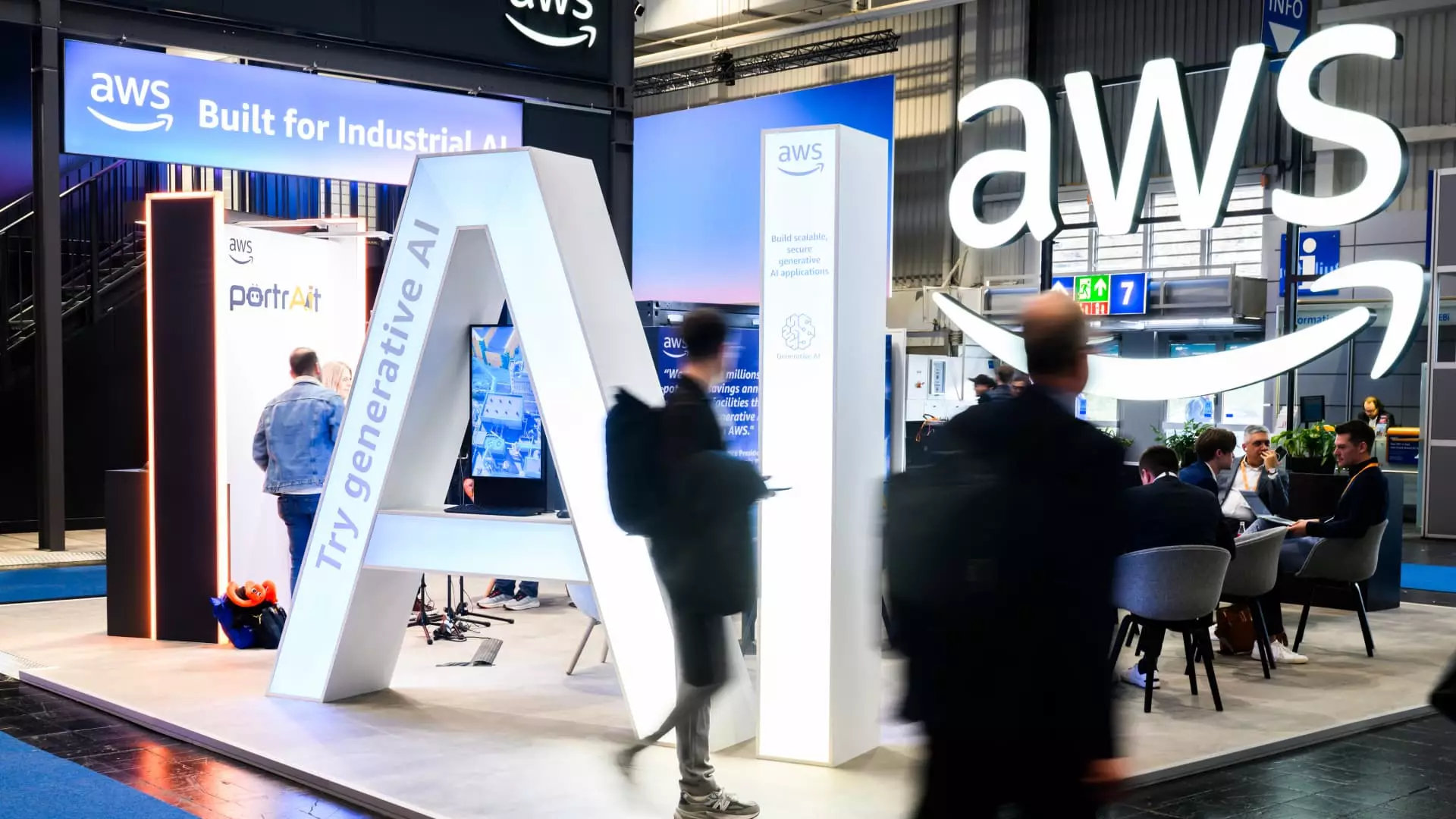Amazon’s recent announcement of a proprietary cooling system for next-generation Nvidia GPUs underscores a pivotal shift in how cloud giants adapt to the relentless demands of artificial intelligence. For years, AI development has been driven by ever-increasing computational power, yet this progress exacts a steep cost—thermal constraints and energy consumption that threaten to bottleneck innovation. Amazon’s strategic move to invent the In-Row Heat Exchanger (IRHX) reflects a bold recognition of the industry’s unsustainable trajectory. Instead of relying solely on traditional cooling techniques or waiting for external innovators, Amazon opted to engineer a solution tailored to their scale and needs. This decision reveals a willingness not just to keep up, but to redefine the infrastructure landscape, challenging the conventional reliance on off-the-shelf cooling hardware.
Breaking Free from the Cooling Conundrum
The choice to develop an in-house cooling mechanism isn’t merely about efficiency; it’s an assertion of technological sovereignty. Traditional air cooling, which sufficed for earlier Nvidia GPU generations, is now woefully inadequate for dense AI workloads, where dozens of GPUs are packed into a single rack like Nvidia’s GB200 NVL72. Liquid cooling, though more energy-efficient, presents significant logistical hurdles—space consumption, water usage, and deployment delays—all insurmountable at Amazon’s scale. By innovating the IRHX system, Amazon sidesteps these barriers, enabling rapid deployment without the need for sprawling, resource-intensive data centers. This move aligns with the broader trend of digital giants developing proprietary hardware solutions—like Amazon’s custom chips or Microsoft’s cooling systems—aimed at gaining a competitive advantage through self-sufficiency.
Implications for Industry Power Dynamics
This technological pivot has profound implications beyond mere cooling efficiency. Amazon’s ability to produce hardware that integrates seamlessly into existing infrastructure demonstrates a strategic shift toward vertical integration, empowering the company to control costs, improve performance, and accelerate AI deployment timelines. With AWS leading the way in cloud infrastructure and margins, such innovations could further entrench Amazon’s dominant position. Meanwhile, competitors like Microsoft have initiated similar hardware developments, hinting at a hardware arms race in the cloud sector. For industry observers, Amazon’s IRHX signifies more than a cooling upgrade—it signals an emerging trend where cloud providers may increasingly become hardware innovators, undermining reliance on third-party component suppliers and reshaping the supply chain dynamics of AI infrastructure.
A Center-Right Perspective on Industry Self-Sufficiency
From a center-right liberal standpoint, Amazon’s initiative embodies a healthy push for technological self-reliance and innovation. It advocates for a market where capital and ingenuity drive progress, reducing dependence on external suppliers that can inflate costs and slow deployment. This strategic autonomy can lead to more resilient, efficient infrastructure—benefits that ultimately benefit consumers by fostering competition and innovation. However, it also raises concerns about monopolistic tendencies—if major players monopolize hardware development, smaller competitors could find it even harder to innovate. Nevertheless, Amazon’s move could foster a more competitive environment by encouraging industry-wide investment in proprietary technological solutions, ultimately benefiting a free-market ecosystem committed to innovation and efficiency.
This development heralds a more autonomous future for cloud computing—one where industry giants define their standards rather than adapt to external innovations. It’s a bold step toward sustainable, scalable AI infrastructure that balances technological ambition with pragmatic resource management. While critics may worry about centralization and market dominance, the push for in-house hardware and revolutionary cooling methods reflects a necessary evolution in a field that cannot afford to be hindered by outdated reliance on conventional solutions.

